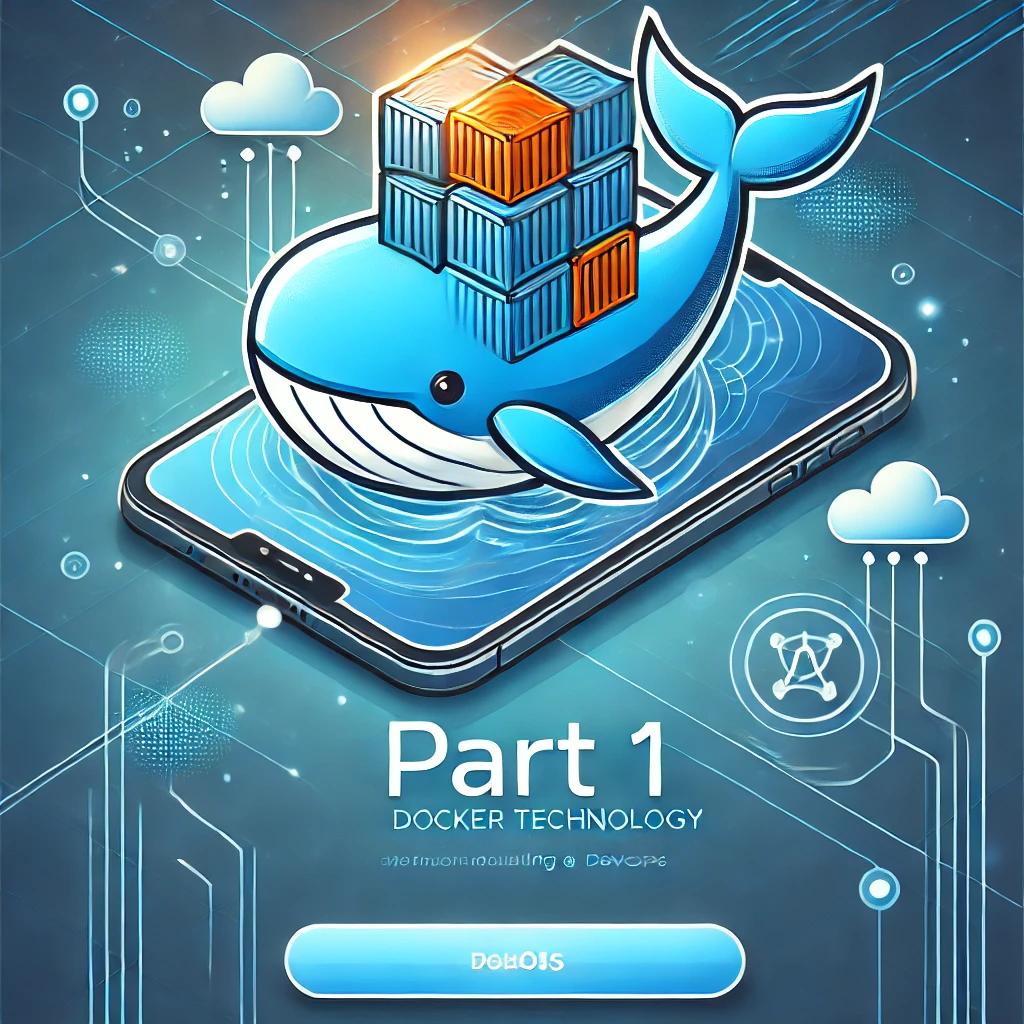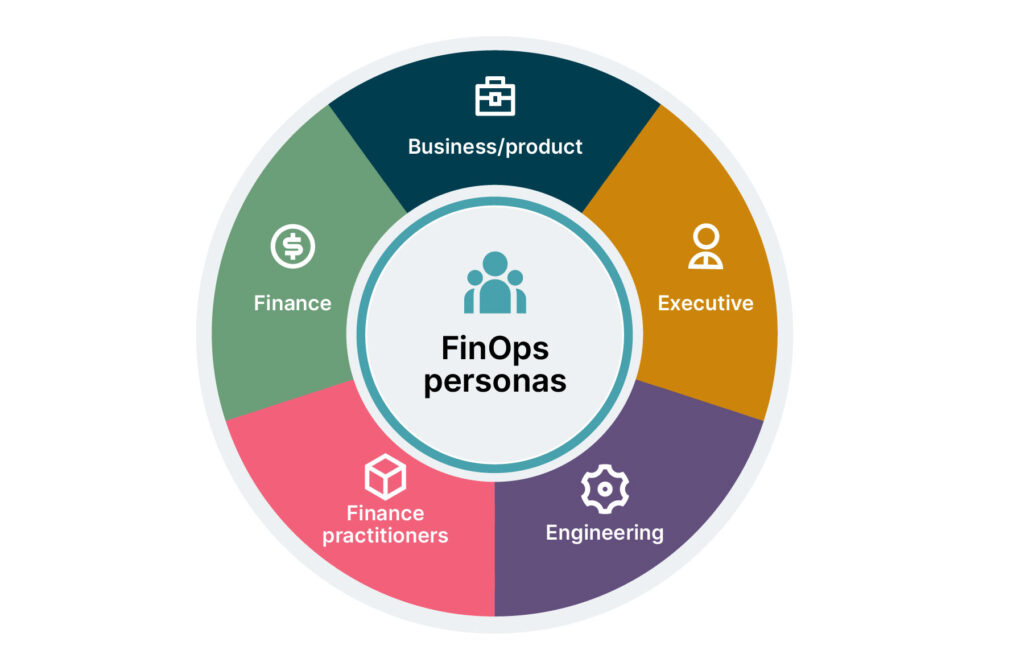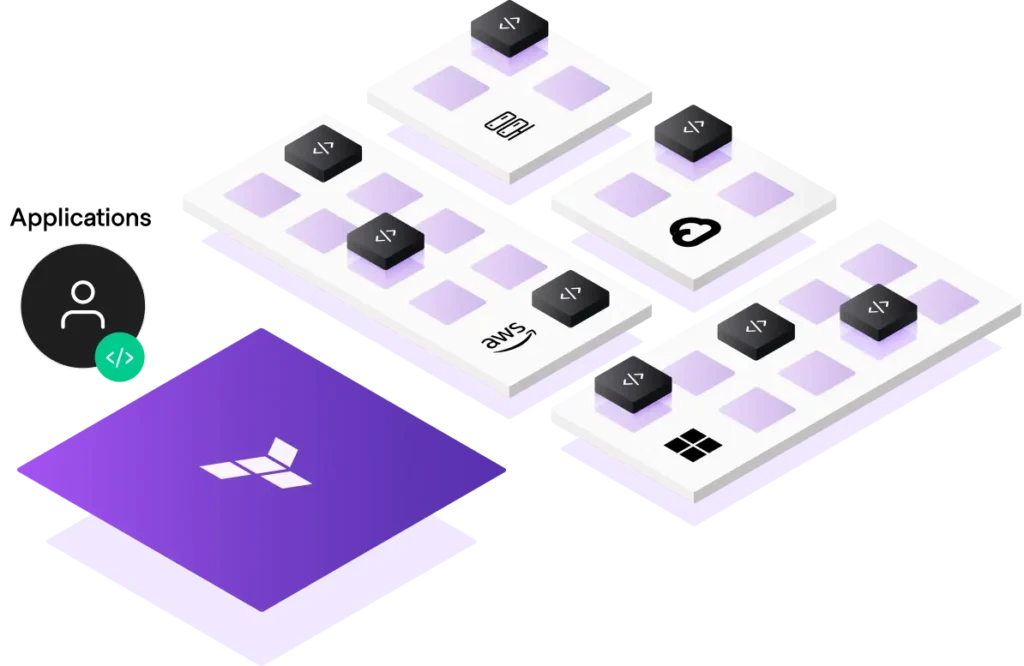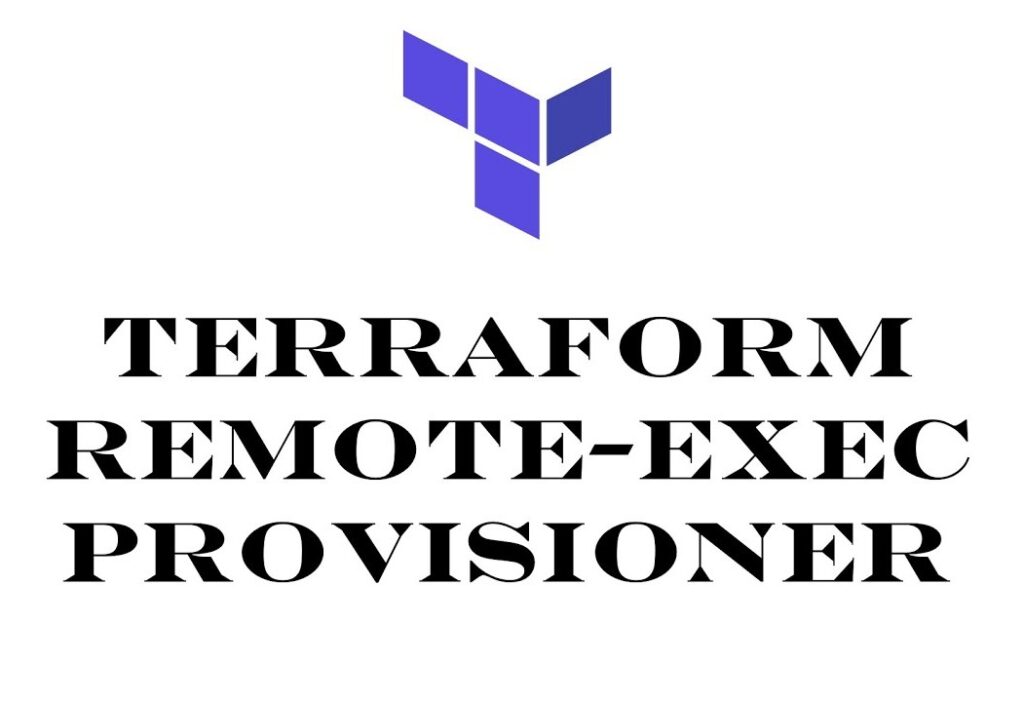Docker Part-4
Docker Volume Docker Volume Host system has a physical file system and container has a virtual file system. We mount VFS to host. A directory or a folder in the physical file system is mounted to VFS. When a container restarts, data from the physical file system is replicated into the container, thus retaining data. […]

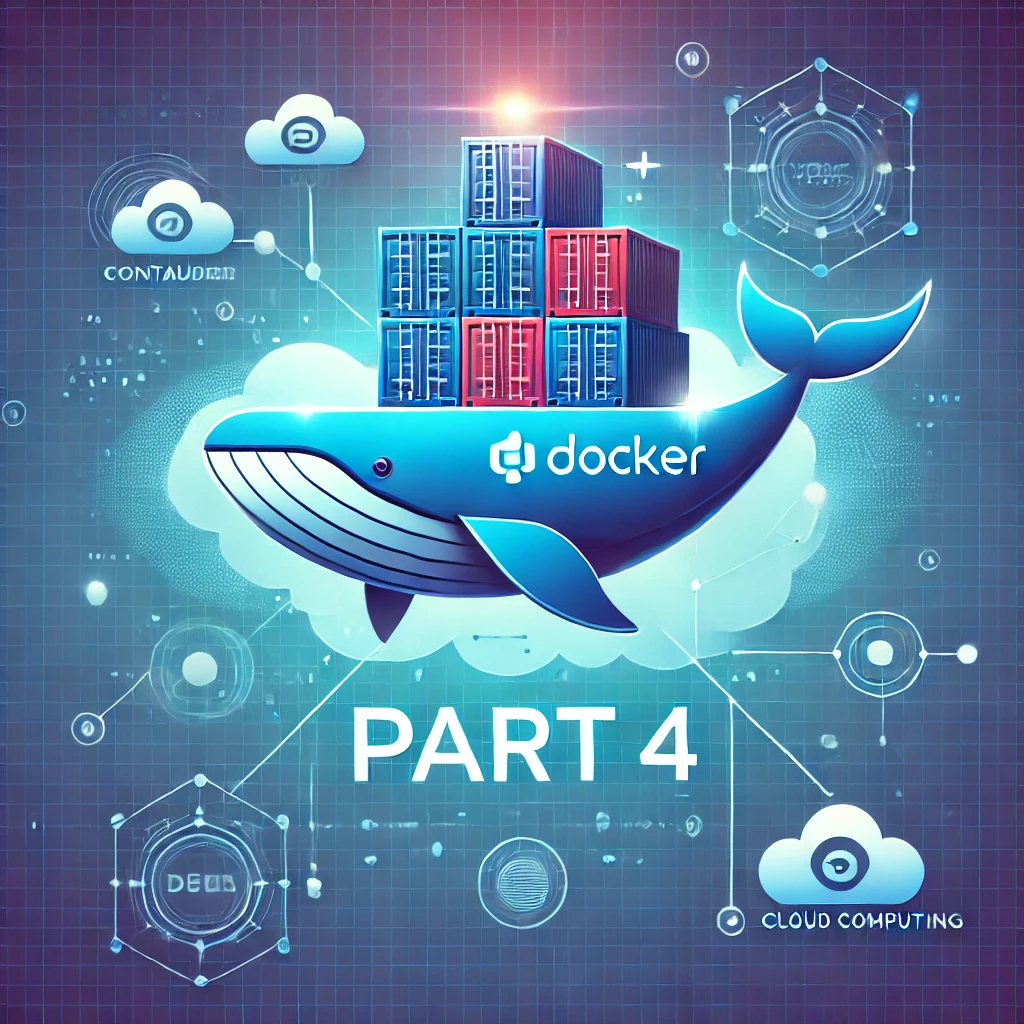
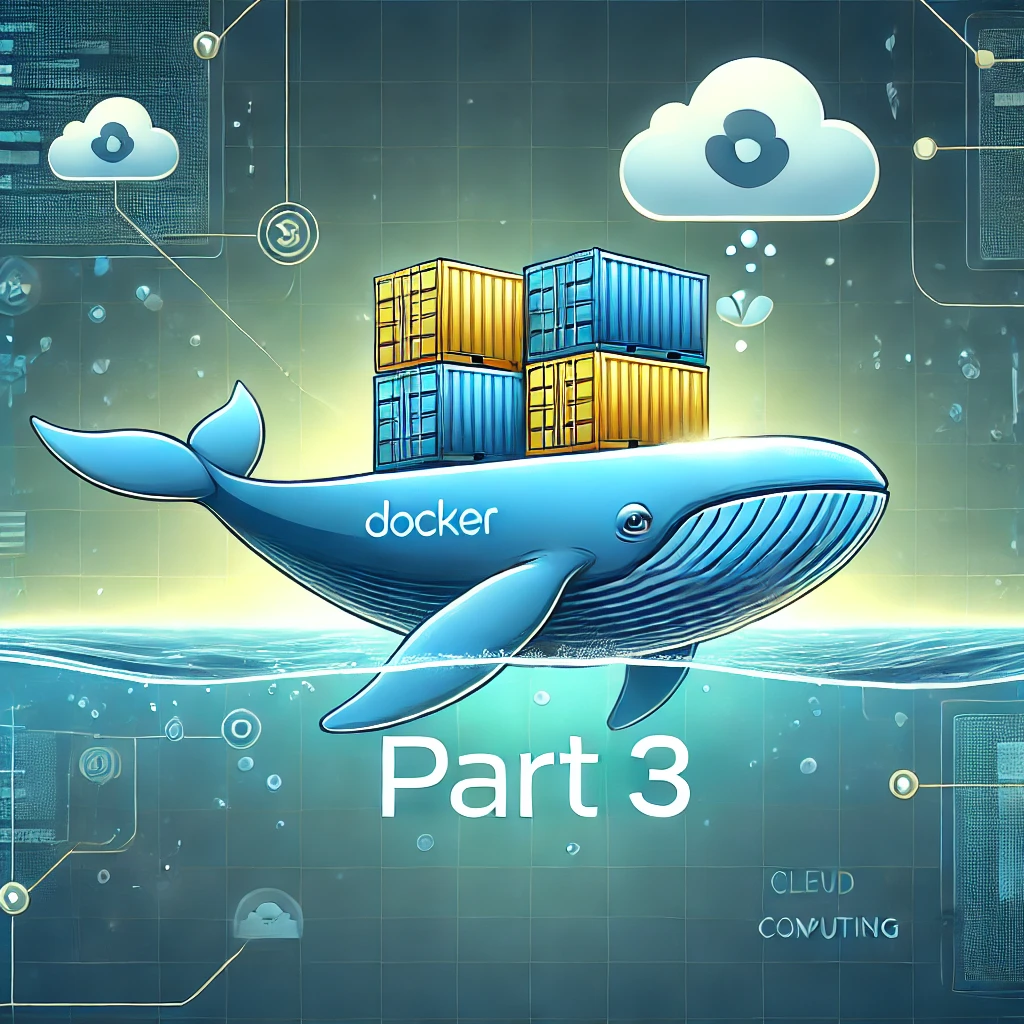

 What is a Hypervisor? A hypervisor is software that allows multiple virtual machines (VMs) to run
What is a Hypervisor? A hypervisor is software that allows multiple virtual machines (VMs) to run